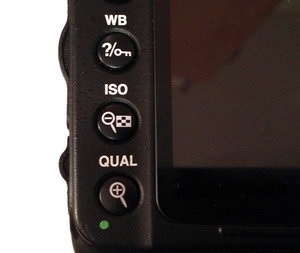Balancing ISO and digital noise for sharper low-light photos
Posted: April 10, 2013
[caption id="attachment_11273" align="alignright"] Image from techhive.com[/caption]Life is full of compromises. One example in photography involves shutter speed and aperture: To achieve the right exposure, slower shutter speeds must be offset by smaller apertures. A similar balance exists between ISO and digital noise.
Image from techhive.com[/caption]Life is full of compromises. One example in photography involves shutter speed and aperture: To achieve the right exposure, slower shutter speeds must be offset by smaller apertures. A similar balance exists between ISO and digital noise.
[caption id="attachment_11273" align="alignright"] Image from techhive.com[/caption]Life is full of compromises. One example in photography involves shutter speed and aperture: To achieve the right exposure, slower shutter speeds must be offset by smaller apertures. A similar balance exists between ISO and digital noise.
Image from techhive.com[/caption]Life is full of compromises. One example in photography involves shutter speed and aperture: To achieve the right exposure, slower shutter speeds must be offset by smaller apertures. A similar balance exists between ISO and digital noise.
Making sense of ISO
ISO is a measure of your camera’s sensitivity to light. Aside from some extremely simple point-and-shoot models (like the iPhone), most cameras include an adjustable setting for ISO. Your camera may have an ISO button on its body, or the setting may be hidden away in a menu on the LCD display.
A low ISO number (ISO generally starts at 100) indicates that the camera’s sensor is relatively insensitive to light. Every doubling of the ISO (such as from 100 to 200, or from 200 to 400), doubles the camera’s light sensitivity. It’s comparable to a “one-stop” change in exposure.
Read entire article Balancing ISO and Digital Noise For Sharper Low-Light Photos on Tech Hive